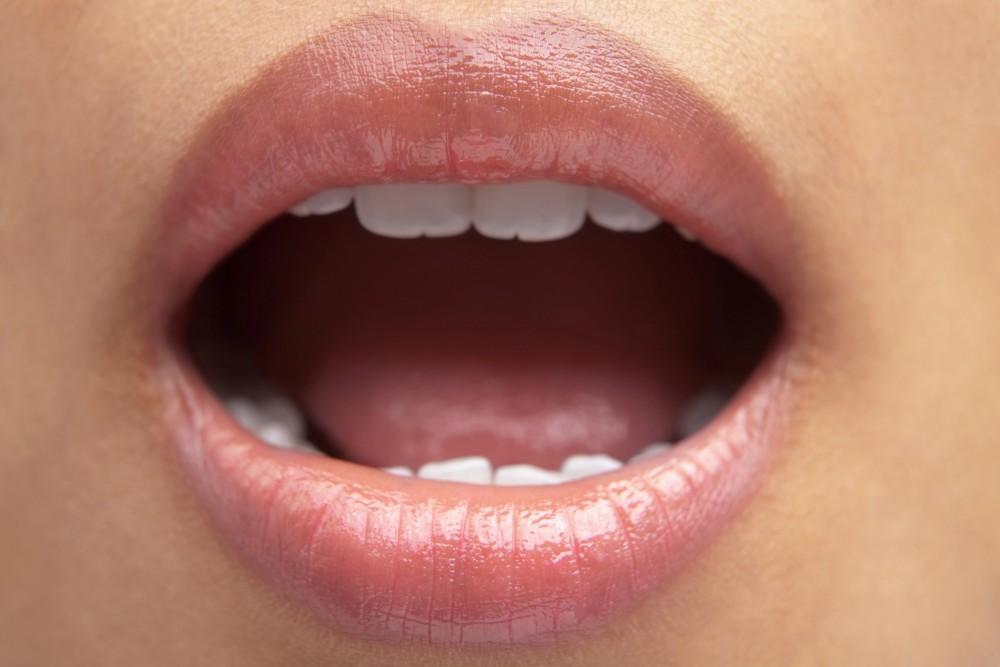
Types of Oral Infections and How to Recognize Them

When you think of infections, you may think of an injury that becomes inflamed and painful, or you may think of getting infected with the cold or flu. But infections can happen anywhere in the body, and your mouth is no exception.
Oral infections are more common than you might think and can lead to bigger problems if left untreated. Understanding dental infections and knowing their symptoms can help you spot an issue early and get the right care as soon as possible.
What Are Dental and Oral Infections?
Dental and oral infections occur when bacteria, fungi, or viruses invade the tissues in and around your mouth. If not treated properly, these infections can spread beyond your teeth and gums, affecting your overall health. The good news is that most oral infections are treatable, especially if identified early.
Common Oral Infections
Let's take a closer look at the various types and their unique symptoms so you'll know what to watch for.
Cavities (Tooth Decay)
Cavities are among the most well-known oral infections. Cavities are caused by bacteria breaking down sugar in your mouth to create acid. Over time, this acid erodes the enamel, forming a hole or "cavity" in your tooth.
Symptoms:
- Tooth sensitivity to hot, cold, or sweet foods
- Visible holes or pits in the tooth
- Pain when biting or chewing
- Dark spots or discoloration on the enamel
Cavities can be caused by poor oral hygiene, excess sugary or acidic foods and drinks, and/or a genetic predisposition. Fluoride treatments and toothpaste can help prevent cavities from forming. However, cavities don't heal on their own, so regular checkups are key to addressing them early.
Gingivitis
Gingivitis is the early gum disease and is caused by plaque buildup at the gumline. Although it's mild and reversible, untreated gingivitis can progress into periodontitis, a more serious gum infection.
Symptoms:
- Red, swollen gums
- Bleeding when brushing or flossing
- Receding gums
Gingivitis is frequently caused by insufficient oral hygiene leading to plaque buildup. It can also be caused by smoking or tobacco use. Hormonal changes while pregnant or during puberty can also be a factor.
Proper brushing, flossing, and professional cleanings can halt gingivitis in its tracks before it evolves into a more severe condition.
Dental Abscess
If tooth decay or gum problems are left untreated, they can lead to a dental abscess. This painful infection occurs when bacteria invade the tooth's pulp or surrounding tissues, forming a pocket of pus.
Symptoms:
- Severe, throbbing toothache
- Swelling of the gums, sometimes with a pimple-like bump
- Bad breath or a foul taste in the mouth
- Fever or swollen lymph nodes in advanced stages
An abscess can result from untreated cavities, advanced gum disease, or injury. Dental abscesses can become a medical emergency and require prompt attention. Dentists typically recommend draining the abscess, prescribing antibiotics, and, in some cases, performing a root canal.
Hand, Foot, and Mouth Disease (HFMD)
HFMD is a contagious viral infection, more common in children but sometimes seen in adults. It's caused by coxsackievirus and spreads through coughing, sneezing, or direct contact with an infected person.
Symptoms:
- Painful red sores in the mouth, on the tongue, or inside the cheeks
- Fever, fatigue, and loss of appetite
- Red spots or blisters on hands and feet
While HFMD typically resolves within a week, drinking a healthy amount of water and avoiding spicy or acidic foods can help ease symptoms.
Thrush (Oral Candidiasis)
Thrush is a common fungal infection caused by the overgrowth of Candida albicans in the mouth. It is commonly seen in babies, older adults, or individuals with weakened immune systems.
Symptoms:
- White patches on the tongue, inner cheeks, or roof of the mouth
- A cotton-like feeling in the mouth
- Pain or discomfort when eating or swallowing
Thrush can be contagious, or it can result from taking antibiotics or corticosteroids. Conditions such as diabetes or immune suppression, or wearing ill-fitting dentures, increase your likelihood of developing thrush.
Thrush can often be managed with antifungal medications prescribed by your dentist or doctor.
Canker Sores
Unlike some oral infections, canker sores are not contagious and are typically linked to stress, injury, or certain foods.
Symptoms:
- Small, painful ulcers with a white or yellow center and a red border
- Occur most often on the inside of the cheeks, lips, or under the tongue
Cancer sores are different than the sores seen in oral herpes or in HFMD. They can be caused by minor trauma (biting your soft tissue or rough brushing), food sensitivities, or hormonal changes.
These usually heal on their own within one to two weeks, but over-the-counter topical treatments can help speed up the process.
Oral Herpes (Cold Sores)
Caused by the herpes simplex virus (HSV-1), oral herpes presents as cold sores or fever blisters near the lips or around the mouth. The virus is contagious and can be spread by close personal contact.
Symptoms:
- Tingling or itching sensation before a blister appears
- Painful clusters of fluid-filled blisters
- Crusting and scabbing as the sores heal
Oral Herpes is caused by close physical contact with someone who has HSV-1. The majority of the population carries the virus, but some are asymptomatic.
Cold sores usually clear up within a couple of weeks, though antiviral medications can help reduce their frequency and severity.
Protect Your Oral Health
If any signs of an unknown oral infection appear, it's important to schedule a visit with your dentist right away. If you have more questions or are experiencing symptoms of an oral infection, schedule an appointment today.
You Might Also Enjoy...


Can Improving Your Smile Boost Your Career?

The Do's and Don'ts of Tooth Extraction

The Oral Health – Mental Health Connection

The Importance of Tongue Health


